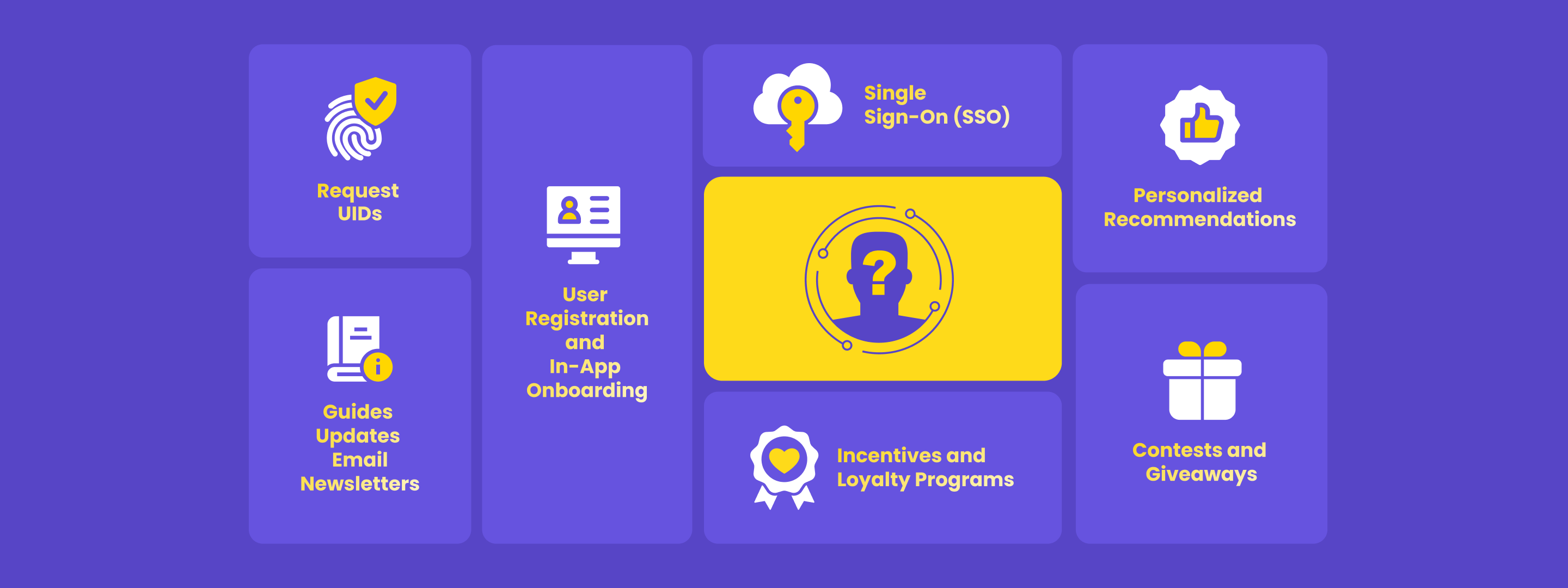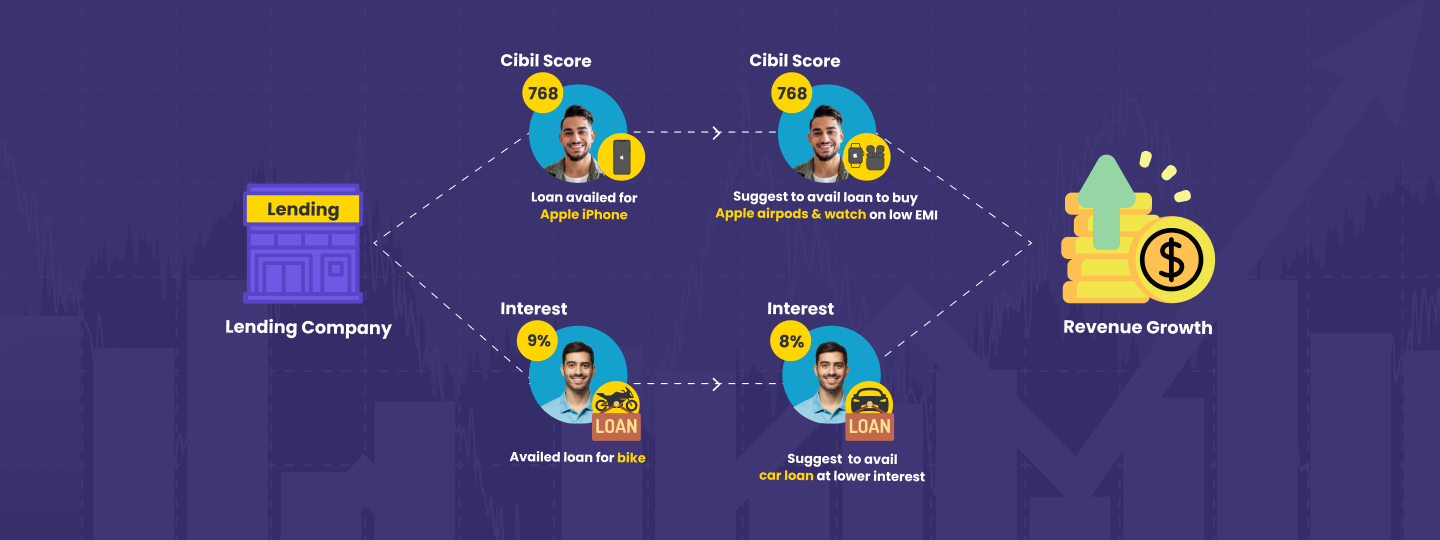If you are in the business of writing engaging content pieces like blogs or even familiar with the sphere, you would know that: Buzzfeed is bigger than The New York Times in terms of traffic. And, Mashable, Huffington Post, Business Insider, and Lifehacker are bigger than many premier news websites when it comes to visitor counts.
We are all awed by the success of these blogs and websites. We also want to be there, shining in the glory of a fan base. Life would have been so easy if we created content and visitors started pouring in from all sides. But that isn’t the case. These blogs have their monthly traffic in millions, of which the majority are repeat visitors.
In the day-to-day business of content websites, we create really good content. Some of it is extremely good, but nobody comes to read it. We market the content aggressively, feed fodder to the marketing channels, and finally get visitors.
Does that translate into success? No.
To give you some perspective, Instagram had more than 2.35 billion registered users in 2023, but you can reach only about 1.3 billion via advertising.
The point is that your goal is not to draw visitors to your website but to retain them, engage them and compel them to keep coming back. In short, increasing blog engagement is the key.
What Is Blog Engagement?
Blog engagement refers to the level of interaction between a blog and its potential readers. It includes various factors such as comments, shares, likes, and other metrics that indicate how well your blog performs.
To increase blog engagement, one needs to focus on creating compelling content that resonates with their target audience while finding ways to engage website visitors and improve overall website engagement.
Why Should Engagement Take Priority Over Getting New Traffic?
That is a valid question, yet not so valid. Although engaging existing readers might seem a notch under, there are quite a few reasons why retaining is always better than acquiring, which are as follows:
- Getting new visitors every time needs a lot of marketing effort and budget.
- You can never have a user base to bank upon at any point in time.
- If a website visitor isn’t engaged on your website, it will result in a higher bounce rate, irking Google, and, eventually, your organic search rankings and free traffic will get a hit.
According to a Gartner report, in the digital space, a business spends around 55% of its marketing budget on acquiring new customers, while 45% goes into retaining the existing ones. The data may look similar in a bird’s eye view but dig deeper into the actual numbers and the number of existing customers, along with their business contribution, outnumber the new customers by leaps and bounds.
The icing on the cake is that implementing engagement as a retention strategy reduces operational costs, making it a cost-effective tool for businesses.
This post highlights some offsite and onsite engagement tactics for your business to retain customers at a low cost and use your marketing budget productively.
How Do I Engage Visitors On My Blog?
Understanding why engagement should take precedence over traffic is necessary, but knowing how to engage more blog visitors is the need of the hour.
We have been following multiple websites to seek answers to our daily queries. Some of them are good, some bad, and some might be terribly ugly. Considering all these observations and experiences, we have listed some steps that can be implemented to boost the engagement of people visiting your website.
- Make Your Blog Content Socially Friendly
- Encourage Signups/ Logins/ Profile Completion
- Encourage User Comments
- Suggesting To Users What To Do Next
- Offer Your Readers Something Helpful For Free
- Satisfy The Search Intent
- Add Interactive Content
- Display Social Feeds
- Use Web Push Notifications
- Use Lists
- Keep Your Posts Short And Sweet
- Use Images, Infographics, And Videos
1. Make Your Blog Content Socially Friendly
We are social beings, even in the virtual world. If your content is worth sharing, you would want to share it with the people dear to you and with whom you want to cherish it.
However, to make that happen, you need to go through the tedious process of copying your link, opening your social networks in three different tabs, and then sharing it with your network.
The key to avoiding this hassle is to make your content shareable by making the process as easy as possible for the user.
One way to go about this is to use smart links. Smart links, or bio links, allow you to consolidate all your social media profiles into a single link. Not only do smart links save you the time and effort of linking all your social profiles in multiple places, but they also enable users to view and access all your social media profiles from one convenient link.
2. Encourage Signups/ Logins/ Profile Completion
While there may not be some rocket science behind it, people often leave it to the user’s will to sign up or log in if they return to the website. Today, blogs without automated signup forms are already archaic, if not extinct. For almost all content management platforms, small, free plugins are available to display a header and footer with a form for signing up or collecting emails.
You can easily design custom notifications by integrating such tools based on your needs and budget. Incentivizing users is one of the most convenient and effective ways of getting visitors to sign up. Freebies never get out of fashion. Remember, the idea is to turn visitors into platform users, and everything else follows.

The signup may or may not hook visitors to the website, but it gives them a sense of belongingness. You can always reach back with offers, reminders, and newsletters to get them back on board.
Profile completion makes users remember your website, and you get to know them better, enabling you to push targeted messages/offers to the user to cling them to your website.
Incentivizing profile completion as a strategy is being used by several websites worldwide. The two examples that stand out are Glassdoor and Quora. Quora, essentially a content-based website, prompts you to log in for any further reading after the first page. Have a look:

3. Encourage User Comments
There are usually three parameters to rate your craft/post; your advertisement, content, and user’s comments or reviews. Every new user follows these parameters in reverse order. You wouldn’t be surprised to see the highest-selling product on any e-commerce website would not be the one offering the highest discount but the one that had garnered the highest number of positive reviews.
The same goes for the blogs – focus on conversations. The most crucial aspect of blogging is interacting with your readers through their comments. Making your visitors feel heard and valued will positively impact increased engagement, leadership, and more shares.
Have a look at how Rand Fishkin, CEO of Moz, replies to the comments personally:

Sometimes, your readers might not comment on your content after putting in all the effort. That’s when anonymous comments come in handy. You can do it yourself or ask your peers and colleagues to comment anonymously on your post.
These comments can be a critique, praise, or any positive addition to the post. According to a study by the University of Wisconsin-Madison, people behave according to a pre-existing setting. So, positive comments can trigger people to comment on the same lines, and you have a discussion rolling.
4. Suggesting Users What To Do Next
Your website visitors may come through various routes, and the discovery forms a significant chunk of those visits. If a visitor reads a post thoroughly, they are interested in it.
It may also mean they are interested in the category or similar posts. The success that Amazon drew just by suggesting similar and complementary products to purchase is a testimony to the tactic’s success. AOL uses a similar approach in all of its blogs.

The visitors are often clueless about what they should read or what you write. Take them out of their peril, show them what could interest them, and they will hop on the lead, giving you an engaged user and a website with lower bounce rate.
5. Offer Your Readers Something Helpful For Free
Who doesn’t like free things? One way to increase blog engagement is by offering something helpful for free to your readers. This can be an e-book, a webinar, or even a simple template that solves a problem or provides value to your readers.
For instance, if you are a health and wellness blogger, you could offer a free e-book on healthy eating or workout plans that readers can download in exchange for their email addresses.
Giving free valuable content to your readers can be a great trick for increasing your website engagement. You can build trust and establish a loyal following while giving readers a reason to return to your blog regularly.
6. Satisfy The Search Intent
Creating content that satisfies readers’ search intent is essential to improve website engagement. Satisfying the search intent means understanding what your readers are searching for and creating content that answers their questions or provides them with valuable information.

For example, if you’re a travel blogger, you could create a blog post titled “The Top 10 Must-Visit Places in Paris” that provides readers with insider tips and recommendations on the best places to visit in Paris. Creating content that satisfies the search intent of your readers is an excellent strategy guaranteed to increase blog engagement.
Text-heavy blogs may not be everyone’s cup of tea. Adding interactive content is a great way to engage website visitors and increase blog engagement. Interactive content can include trivia, polls, surveys, and games that keep readers engaged and interested.
For example, if you are a personal finance blogger, a quiz that helps readers determine their financial personality type or a poll asking about their most significant financial challenges will increase blog post engagement. The more engaging you make your blog, the higher the chances your readers will recommend or share it in their circles.
8. Display Social Feeds
Displaying your social media feeds on your blog is a great way to increase blog engagement and improve website engagement overall. Everyone is hooked on Social Media today. Integrating these into your blogs will add another layer of interaction that will relate to current trends.
Social media feeds can include your latest Twitter, Instagram, or Facebook posts, keeping your readers up-to-date with the latest content and news. It’s also an excellent way to increase your social media following and drive more traffic to your blog.
9. Use Web Push Notifications
Web push notifications are a powerful tool for engaging website visitors and increasing blog engagement. Web push notifications are messages that appear on a user’s desktop or mobile device, even when they’re not on your website.
For instance, a tech blogger could send web push notifications to your readers about the latest tech news or product launches. This is a great way to keep your blog in the forefront and encourage them to return to it regularly. It’s also a superb way to promote your latest content and drive more traffic to your blog.
10. Use Lists
Using lists is an effective way to increase blog post engagement. This is because lists are easy to read and pique curiosity, making them an effective way to engage readers. For example, a blog titled “The Top 10 Beauty Products You Need for Perfect Skin” is much better than “Beauty Products You Need for Perfect Skin.”
By using lists, you are reeling readers in and saving them a lot of time to research all the information to find the best of everything, which can be a major plus point for many readers. It’s also a great way to structure your content and make it easier for readers to find what they want.
11. Keep Your Posts Short And Sweet
We live in a fast-paced world and always work towards getting what we want faster. The same applies to content as well. Keeping your blog posts short and to the point is an effective way to increase blog engagement. As shorter posts get to the point quicker, you open up your blog to a more extensive audience base that usually avoids long, text-heavy blogs.
Shorter posts can also be shared on social media platforms with character limits. This is a great way to increase blog post engagement and lets your readers share your content across multiple channels.
12. Use Images, Infographics, And Videos
Text-heavy blogs can get dreary over time. Using images, infographics, and videos in your blog posts can significantly improve your blog’s readability and, as a result, increase engagement.
Visual content is a lot more engaging than text-based content. It is also easier to retain visual content. A well-designed and attractive blog can keep your readers engaged and increase the likelihood of sharing your content on social media.
Do – Fail – Redo
Implementing all the above steps is a great way to start, but don’t stop there. While they are valuable efforts, there are a plethora of other solutions that can help you increase your blog engagement. To truly engage your audience, you must listen to their feedback and take action accordingly. Understanding what your visitors like or dislike about your website is immensely helpful.
Improving based on this feedback can create a pleasant user experience and make your visitors feel heard. Numerous SaaS tools available in the market can help you collect feedback from your visitors. As pioneers in this field, we at WebEngage can achieve this feat.
Download Impact Story – Boost Your user engagement by 50%. See how Pickyourtrail, India’s biggest online D-I-Y holiday booking platform, did it.
FAQs
1. How do readers engage with a blog?
Readers engage with a blog by posting comments, sharing the blog on social media, subscribing, and interacting with the blogger themselves and other readers. Bloggers aim to deliver engaging content, foster a community around their blog, and encourage interaction to improve website engagement.
2. Why does blog engagement matter?
Blog engagement is crucial for measuring success, indicating that readers find the content valuable and are invested in the topic. It helps build a loyal following and establishes the blogger’s authority in their niche while increasing social shares, search engine rankings, conversion rates, and revenue.
3. Why is blog engagement important for SEO?
Blog engagement is crucial for SEO. It indicates that the content is high-quality and valuable to search engines. It also improves search engine rankings, attracts organic traffic, and helps to build backlinks.
Deliver Meaningful Messages For Your Business Today, Request A Demo Now


































 Dev Iyer
Dev Iyer
 Surya Panicker
Surya Panicker
 Diksha Dwivedi
Diksha Dwivedi



